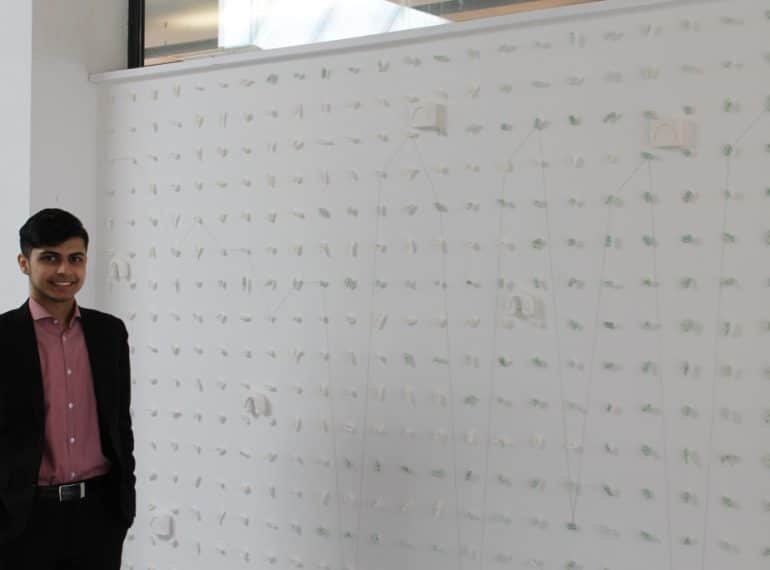
Sixth-former Darsh Thacker’s ambitious artwork has been chosen for the Royal Academy A-level Summer Exhibition Online 2018. He beat off competition from some 2,000 entries to be included among the exhibitors.
Darsh’s project, measuring 2.56 x 2m, was displayed recently at the School along with work by his fellow QE Year 13 Fine Art A-level students. For these final pieces of work, many of the boys drew inspiration from research into their own planned career paths.
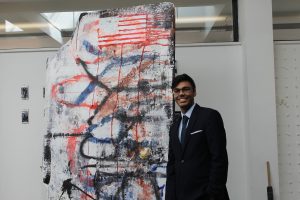 Darsh is going on to study Dentistry and his project explores the division between the personal and the clinical spheres. He employed a range of contrasting materials, including plaster of Paris casts, string, nails and even chewing gum.
Darsh is going on to study Dentistry and his project explores the division between the personal and the clinical spheres. He employed a range of contrasting materials, including plaster of Paris casts, string, nails and even chewing gum.
Headmaster Neil Enright said: “I am delighted at this very exciting news and I congratulate Darsh on his success. I found this piece of work very impressive when I visited the class recently at the end of their course.”
“In fact, I was impressed generally with what the boys had achieved: they had used the freedom they had to experiment with materials and ideas to such good effect. Clearly, they had taken the opportunity to engage in the type of detailed and meticulous research, allied to personal expression, that we seek to instil in our boys.”
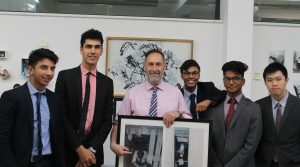 Head of Art Stephen Buckeridge said: “This year’s leavers were encouraged to find a subject that was deeply personal to them and that would sustain ideas and outcomes throughout the year. As starting a project is never easy, we encouraged the boys to record and explore ideas in the broadest sense – including note-making, research, photography, drawing and making. The breadth of investigation at the beginning was important; as the projects progressed, the ideas became more refined.”
Head of Art Stephen Buckeridge said: “This year’s leavers were encouraged to find a subject that was deeply personal to them and that would sustain ideas and outcomes throughout the year. As starting a project is never easy, we encouraged the boys to record and explore ideas in the broadest sense – including note-making, research, photography, drawing and making. The breadth of investigation at the beginning was important; as the projects progressed, the ideas became more refined.”
The boys were required to show evidence of deeper thinking, and “encouraged to be ambitious with their final outcomes, which are supported by a written final statement which articulates ideas and makes connections, both historically and contextually,” Mr Buckeridge added.
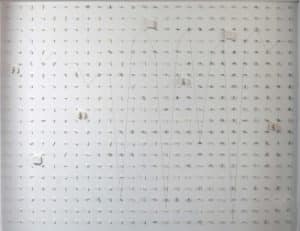 An expert panel of judges selected Darsh’s work as one of only 43 winning entries from more than 2,000 submissions by over 1,400 young artists.
An expert panel of judges selected Darsh’s work as one of only 43 winning entries from more than 2,000 submissions by over 1,400 young artists.
One of the judges, Royal Academician Mali Morris, said: “Our thanks to every student who entered – all contributed to the excitement of this project. We were amazed by the strength of the shortlisted works, by their energy, inventiveness and sense of exploration. Every kind of feeling was here, from tenderness to rage, solemnity to hilarity, in a wide range of materials and processes. Congratulations to all the students and their teachers, and cheers to the schools that believe that art is still a vital subject.”
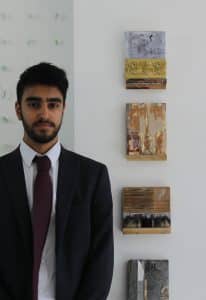 In his explanation posted as part of the online exhibition, Darsh explained the thinking behind both his artwork and its unusual title, Savium: “I became interested in examining the link between the clinical and the personal using an unconventional material. The intimacy yet inaccessibility of the word Savium also alludes to my ulterior (and superior) interest in the dichotomy between the clinical and the personal. I became intrigued in how the personal space of the body might be examined in a forensic manner. In the end this strange display successfully evoked the fundamental tension at the heart of dentistry; that of intimacy and distance, the personal and the sterile.”
In his explanation posted as part of the online exhibition, Darsh explained the thinking behind both his artwork and its unusual title, Savium: “I became interested in examining the link between the clinical and the personal using an unconventional material. The intimacy yet inaccessibility of the word Savium also alludes to my ulterior (and superior) interest in the dichotomy between the clinical and the personal. I became intrigued in how the personal space of the body might be examined in a forensic manner. In the end this strange display successfully evoked the fundamental tension at the heart of dentistry; that of intimacy and distance, the personal and the sterile.”
Among QE’s other Year 13 Fine Art students were:
• Anand Joshi, whose artwork on the Human Condition depicted a cell. He read and researched existentialism and the writings of Michel Foucault. The French philosopher and social theorist wrote extensively on the topics of power and knowledge.
• Milan Shah, who is going on to read Politics and whose work explored ideas relating to politics and news. He used collage and mixed-media to look at how we respond to information in the modern technological world.
